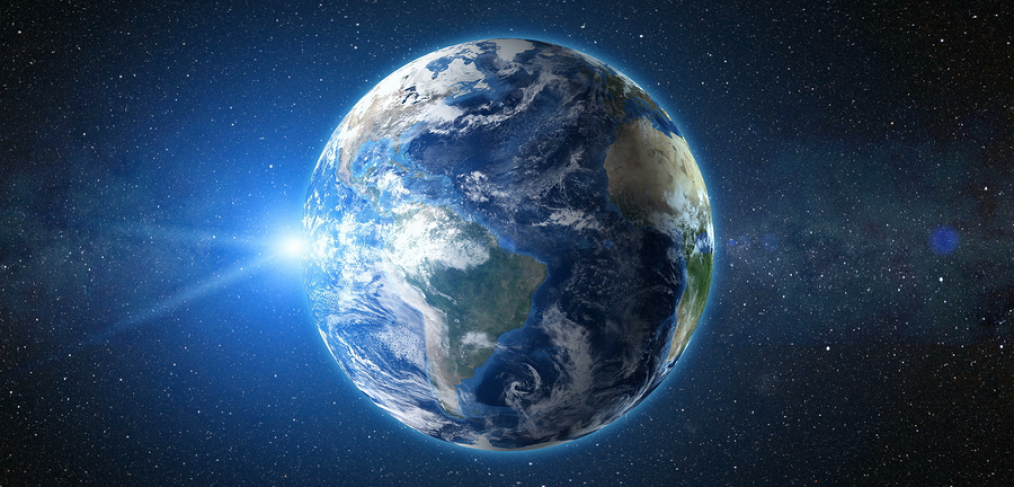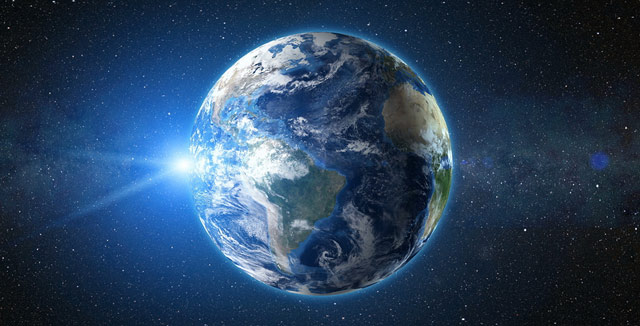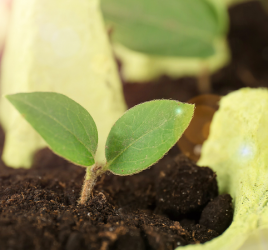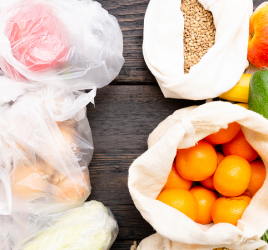
The World’s Garbage Problem – What You Need to Know

The new film, Blade Runner 2049, depicts an earth in barely-restrained crisis. Its population has ruined all ecosystems and filled the world with trash – among other things.
Actually, these crises are just the backdrop for the main plot of the story. It has very little to do with trash production or with the synthetic food humans are driven to consuming.
In some ways, however, the plot is driven by the desperation created by the destruction of the earth and its resources. Those who can afford to have moved “off world”. The earth has been abandoned to the poor and to the engineered humans created to serve humanity.
According to Daniel Hoornweg in an article in Nature, our future could look a lot like Blade Runner by the year 2049. Not in terms of artificial human life, but in terms of our trash production.
Solid Waste Projections
A World Bank report projects that the amount of solid waste we generate on earth will double by the year 2025. If current trends continue, we are likely to go from 3.5 million tons to 6 million tons per day by that point.
If that’s not bad enough, the figures predict that trash production will only keep growing for the foreseeable future. It predicts we won’t hit peak garbage – global trash production at its highest and then leveling off – until sometime after 2100. At that point, we will be producing 11 million tons of trash per day.
Many recent findings indicate that this isn’t just a statistic pulled from a mathematician’s pen. Recently, scientists found high levels of plastic (usually microscopic particles) and debris in the southern ocean surrounding Antarctica. This ocean previously thought to be untouched by pollution.
Plastic, it turns out, is a much worse and more immediate problem for ocean life than climate change. It’s clogging waterways, leading to flooding in underdeveloped nations. It’s killing birds and fish who consume it. By the way, getting concentrated in the bodies of the fish we end up consuming. It’s getting broken down by UV rays in the water and adding dangerous toxic chemicals to the environment. And it’s messing with the endocrine systems of the ocean’s wildlife.
And that’s just plastic.
The Pileup of Trash
Discarded electronic waste generated by all of us upgrading our technology at a breakneck speed has become its own thing: e-waste. Several designers out there are thinking about a new modular technology whose component parts can be upgraded separately. This allows for far less waste than our old laptops and cell phones currently generate.
This pileup of trash is something that could, if not easily at least do-able, be reduced or eliminated altogether. Some estimates conclude that ¾ of all the things Americans throw out could have been composted or recycled. In Japan, where there is much less room for landfills and a higher population density, people are good about composting and recycling.
Japan vs. America vs. Sweden
The average Japanese person produces ⅓ less trash than his or her American counterpart even though our incomes are similar. Swedish recycling plants are so revolutionary that they have run out of their own trash. As a result, they had to bring in some from other countries to keep their recycling plants running.
Part of the problem is with urban populations, which continue to grow and produce more trash as residents end up buying more packaged items. People also produce more trash the wealthier they get – up to a certain point.
Apparently, there is a cut-off point in the wealth to trash production relationship. In the world’s wealthiest nations, trash production has capped off at about 3 lbs of trash per person, per day. And that figure is not likely to change anytime soon.
It’s this trend that causes scientists to predict a trash increase until after 2100. We’re merely waiting for developing nations to catch up in wealth and consumption of goods enough for global trash production to level off.
What Would It Take To Stop The Garbage Problem?
The increase in trash production is now driven by the developing world. This is because it is following its wealthier neighbors in their consumption habits. Wealthier nations have leveled off already. It’s only if developing nations become wealthier faster and acquire more environmentally friendly habits that the trend will not increase until after the dawn of the next century.
There are some good ideas out there, as in an Atlantic article from 2015:
One of New York City’s new developments included pneumatic tubes for easy recycling and trash depositing. This is designed to allow city residents to easily recycle.
Many local communities in the U.S. have started to make residents pay for trash collection. This does force people to find more creative solutions to divert trash that doesn’t have to end up in a landfill, like composting in their backyards.
Numerous ideas are floating around about incentivizing recycling and creating a sorting system like those that exist already in numerous recycling facilities. All of our trash could be sent through the system with software like facial recognition software designed to differentiate compostables from recyclables.
We do recycle a lot of our plastic, but obviously not nearly enough. There are companies out there proposing the idea of making modular building blocks out of compressed trash. This is kind of like Legos – reminiscent of that scene in the Pixar movie Wall-E.
Leftover Food
With leftover food accounting for ⅕ of what ends up in landfills, numerous ways present themselves of using the food we don’t eat. Redistribution to the world’s hungry people is time and labor intensive. However, there are several companies and non-profit groups out there doing just that.
Compostable food can be turned into fuel using anaerobic digestion. This is a process some farmers already use to turn manure into biogas. Cleanly burned trash can also be turned into energy, in the form of steam that powers generators. Several European plants exist that do this amazingly well.
Takeaway
The trash problem is global. Experts say it is the barometer for how in-danger our planet actually is. We can each do something about our own part in this problem.
If you are an American, consider recycling everything you can recycle and compost leftover food instead of sending it to a landfill. You can also follow the new minimalism trend and drastically reduce what you buy. It is supposed to have other benefits besides reducing waste.
We don’t always see the problem for what it is because our waste collection system is so efficient. However, do take the message from Blade Runner 2049: this is a problem that’s not going away.



